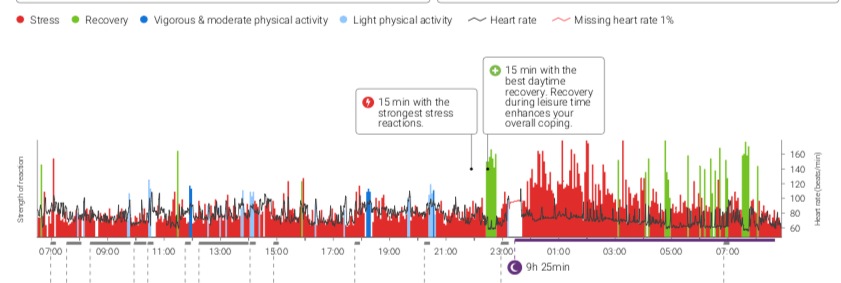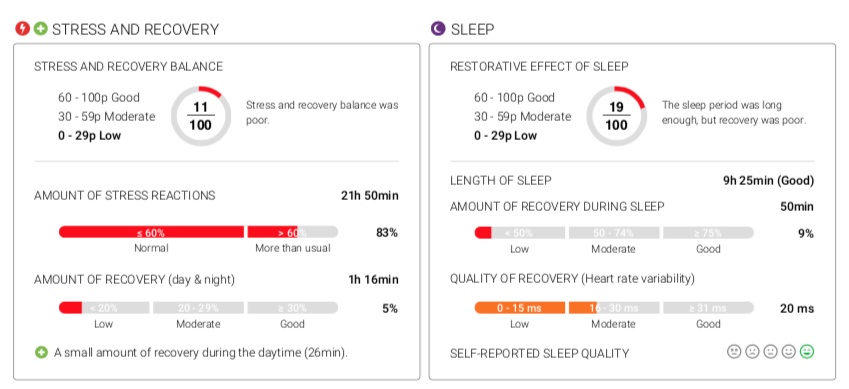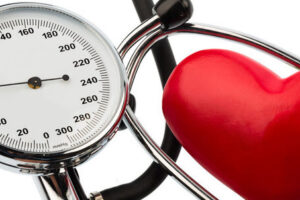For those who want to work on vitality, health and disease according to a coherent system vision, focus on the functioning of the Nervus Vagus (10th cranial nerve) is not a luxury but a necessity. For psychologists who are concerned with the consequences of traumas, a good view of the vagus function is also essential.
Vagus
Stephan W. Porges has dealt extensively with the role of the vagus as expressed in his much-discussed “polyvagal theory”. The book “The POLYVAGAL THEORY and the transforming experience of safety (trauma treatment, social involvement and attachment)” describes this in an accessible way. The vagus, as this nerve bundle is often called simply, is the main bundle of the parasympathetic system. Pubmed shows 30,867 publications on the search query “vagus nerve”. There is a lot of research into the importance of a healthy vagus function on many aspects of health. For instance, the vagus function is an important condition for recovery. And therefore, a detailed picture of the vagus function is a determining factor for a reliable prognosis about treatment duration.
The way to map out the above is to perform a multi-day heart rate variation (HRV) measurement. Porges describes it concisely: “Heart rate variability is a marker of the efficiency or neoral feedback mechanism and may index health status or the individual’s capacity to organize physiological resources to respond appropriately”
Only by measuring the dynamics of the autonomic nervous system during normal daily life does a detailed picture of the functioning of the vagus nerve arise, both the amount of recovery time (vagus dominance) and the quality of recovery (vagus activity).
Below 2 images from the HRV analysis of 47 year old woman, manager:
The images above illustrate in no uncertain terms how essential the information from the HRV measurement is. The client indicates that she has slept well. Nevertheless, the amount of recovery is only 9% of the otherwise generous night (9 hours and 25 minutes) and that the quality of the recovery is low (20 ms). Over the entire day, recovery is only 5% and the total amount of stress response is 83%.
This essential information does not come to light in any other way than having a multi-day HRV measurement performed.








